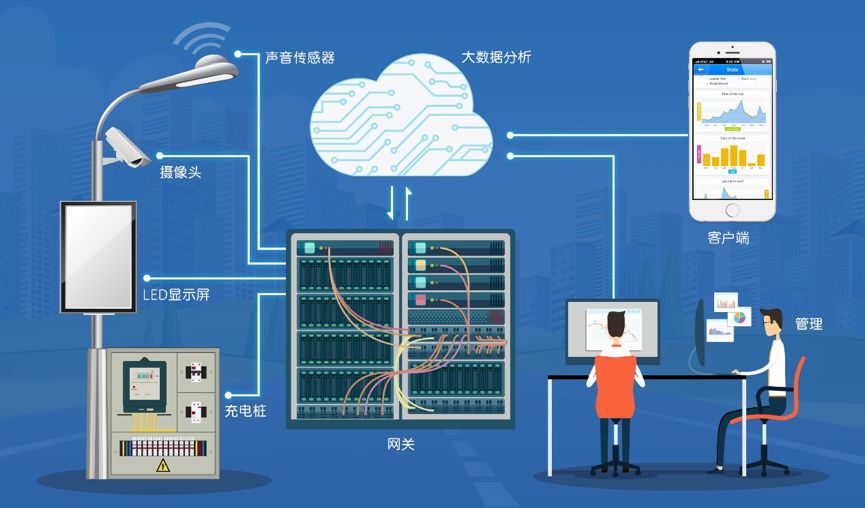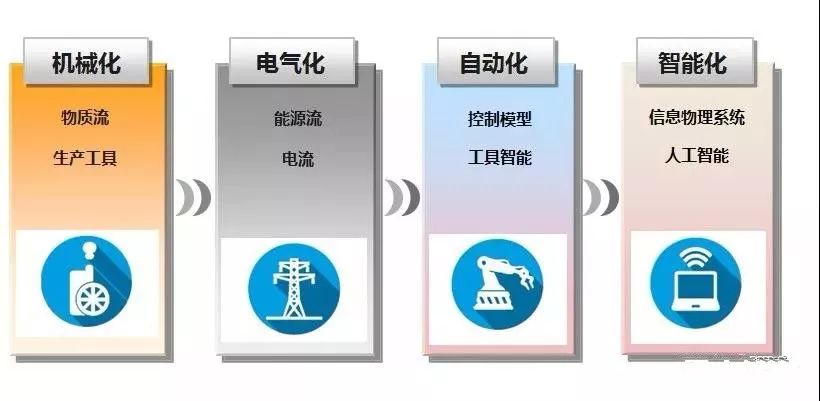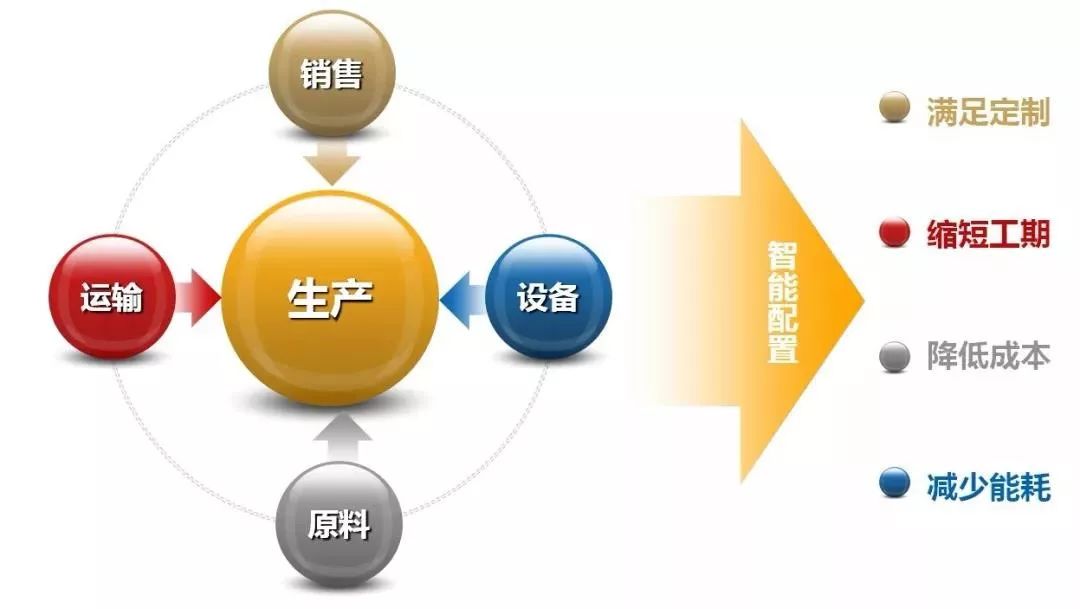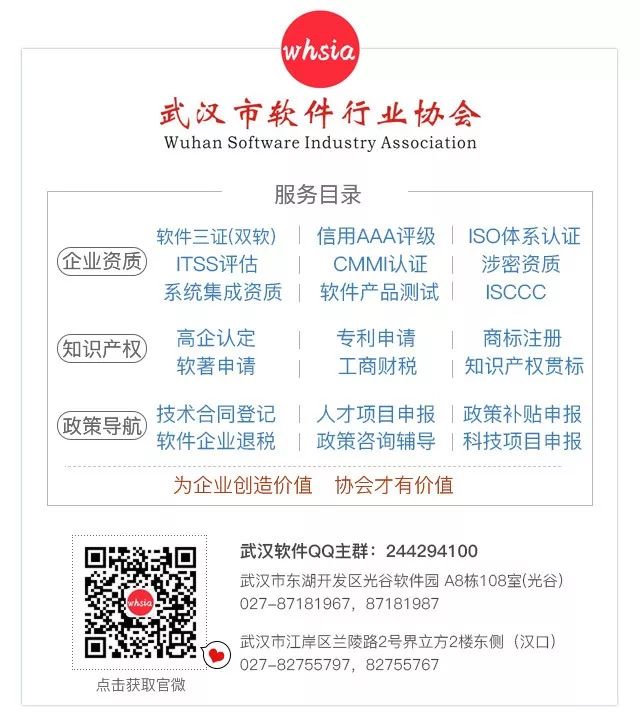Outdated manual labor can no longer meet the demands of modern manufacturing. Some developed countries began investing in automation technology early on to enhance productivity. Over the past few decades, with the informatization, digitization, and networking of various products, the production structure of the manufacturing industry itself has become more complex, refined, and automated. The information flow within production lines and equipment, as well as the data from management tasks, have surged, making it difficult for previous automation systems to meet the higher demands of the manufacturing industry in terms of information processing capacity, efficiency, and scale. The application of a new generation of information technology has, to some extent, solved this problem.

Industry 4.0
Today, a new wave of industrial revolution innovations represented by the Internet is emerging globally. The core of this transformation is also the application of new generation information technologies such as the Internet. As new forms begin to inject into the manufacturing sector, a brand new challenge arises: transforming manufacturing from mechanization, electrification, and digitization to networking, datafication, and intelligent manufacturing.
(1) Law: Evolution from Industrialization to Intelligentization
The technical characteristics of traditional industrialization involve the use of mechanization, electrification, and automation to achieve mass production and bulk sales. In the current complex international competition and under the Chinese context, to enhance the position of Chinese manufacturing in the global industrial value chain and solve the problem of large but weak manufacturing, it is essential to shift from traditional production methods to intelligent production methods.

The development law of industrialization
The technical characteristics of modern industrialization, in addition to physical systems (mechanization, electrification, automation), also require the integration of information systems (computerization, informatization, networking) to ultimately achieve information physical systems (intelligentization). In the era of “Industry 4.0,” there is significant space and potential for the development of intelligentization in Chinese manufacturing. Currently, China is in the process of industrialization, and the rise of the economy must rely on manufacturing first. The new round of industrial revolution will bring many challenges while also providing many rare “opportunities” for the new round of development in Chinese manufacturing. Historical experience shows that every industrial revolution has provided “opportunities” for latecomer countries to successfully catch up, as seen in the success of the UK, Germany, the USA, and Japan by seizing the opportunities of industrial revolutions. In terms of the transformation and upgrading of Chinese manufacturing, the new round of industrial revolution will similarly bring “opportunities” for catch-up development.
Previously, the technological content of Chinese manufacturing was low, remaining at the lower end of the international industrial value chain. The deep integration of industry and information technology has effectively laid a solid foundation for the networking and intelligentization development of manufacturing. Undoubtedly, in the era of “Industry 4.0,” the new round of industrial revolution will accelerate the deep integration of the two. The comprehensive embedding of information technology into manufacturing will break traditional production processes, modes, and management methods. The deep integration of manufacturing processes with business management systems will achieve highly flexible allocation of production factors and enable mass customization production. This will strongly promote the traditional manufacturing industry to accelerate its transformation and upgrading.
(2) Law: Internal and External Network Collaboration
“Industry 4.0” defines the network collaboration structure among manufacturers, suppliers, and even developers, with the main goal of achieving collaboration between market and research, research and production, and management and communication, thus forming a complete manufacturing network composed of multiple manufacturing enterprises or participants that exchange goods and information and jointly execute business processes. The three dimensions of enterprises, value chains, and product life cycles run through the manufacturing participants in each value chain. The management functions are at the top, while the manufacturing functions are at the bottom.
At the same time, the “smart factory” focuses on researching intelligent production systems and processes, as well as the realization of networked distributed production facilities. Its core is to apply information physical systems (CPS) throughout the industrial production process, utilizing the Internet of Things technology, software technology, and communication technology to enhance information management and services, improve the controllability of production processes, and achieve comprehensive information coverage of research and development, production, manufacturing processes, and industrial control, ensuring that all production manufacturing links are in an optimal state. This will guide the manufacturing industry towards intelligent transformation.

1. Internal Network Collaborative Manufacturing
For a manufacturing enterprise, its internal information is centered on manufacturing, including production management, logistics management, quality management, equipment management, personnel and work hour management, and all elements related to production. Traditional manufacturing management is based on individual workshops/factories as the management unit, focusing on production and managing within the manufacturing industry.
However, with the advancement of information technology, many manufacturing enterprises have developed different systems at various stages of development based on different management needs, gradually using them internally, such as inventory management systems, production management systems, quality management systems, product lifecycle management systems, and supply management systems, among others. Different systems fulfill different functions, with some systems developed independently or composed of systems from different suppliers. As enterprises grow, the demand for synergy between the management of different production elements increases to avoid information silos during the manufacturing process, leading to a growing need for interfaces and compatibility between various systems, making internal collaboration among systems increasingly important.
Especially, as the demand for agility in manufacturing and lean manufacturing continues to rise, relying on manual input and output of information can no longer meet the informational needs of the manufacturing industry. This requires network collaboration between different systems to achieve real-time information transmission and sharing.
2. External Network Collaborative Manufacturing
In the future manufacturing industry, each factory operates independently, with each factory having its own production management system or using a single production management system to manage the operations of all factories. However, as enterprises develop and set up different production bases and multiple factories, there is often a need for mutual scheduling between factories to utilize resources such as manpower, equipment, and materials effectively. The flow of information between each factory in the enterprise is increasing, and the demand for real-time capabilities is rising, while the volume of data and execution speed required by each factory is also increasing. This necessitates network collaboration between different factories to ensure real-time information transmission and sharing.
In the era of globalization and the Internet, collaboration is not only about internal organizational cooperation but often involves collaboration between upstream and downstream organizations in the industrial chain. On one hand, through network collaboration, consumers and manufacturing enterprises jointly engage in product design and research and development to meet personalized customization needs; on the other hand, through network collaboration, production resources such as raw materials, capital, and equipment are configured to organize dynamic production. This shortens product research and development cycles and meets differentiated market demands.
Horizontal integration in “Industry 4.0” represents the combination of production systems, which is an integration of the entire industrial chain. In past factory production, the production of products or components was merely an independent process, with no connections and no further logical control. External network collaborative manufacturing allows a factory to produce only a part of a product according to its production capacity and schedule, connecting the entire industrial chain, including external logistics, external factory production, and sales. This achieves horizontal industrial integration on the value chain.
(3) Future Manufacturing: Shortening Lead Times, Reducing Costs, Improving Efficiency, Meeting Customization, and Reducing Energy Consumption
With the popularization of information technology, the Internet, and e-commerce, the new requirements for competition in the manufacturing market have changed. On one hand, manufacturing enterprises are required to continuously obtain information based on the network and respond quickly and dynamically to market demands; on the other hand, they are required to dynamically integrate and share various resources and use them rationally. Connected manufacturing can quickly respond to market changes through rapid reorganization and dynamic collaboration of manufacturing enterprises to efficiently allocate manufacturing resources, improve product quality while reducing the time required to bring products to market, and increase market share. At the same time, it can also share infrastructure construction costs, equipment investment costs, and reduce operational risks. The integration of manufacturing resources has transcended the boundaries of enterprises and countries, becoming capable of seeking resources globally based on the Internet. Logistics, capital flow, and information flow will dynamically flow beyond regional restrictions with the support of global economic integration and the Internet, ushering the world into an era of global connected manufacturing.

As a future trend, factories will achieve internal and external service networking through the Internet and the Internet of Things, moving towards the trend of interconnected factories. Consequently, collecting and analyzing various information from the production workshop and providing feedback to consumers will allow the information collected from the factory to be parsed as big data, opening up more new business opportunities. How to process the massive data collected from the workshop via hardware will largely determine the value of services and solutions. In other words, under the connected manufacturing model, manufacturing enterprises will no longer centrally control production from the top down, nor will they engage in separate design and research, production and manufacturing, or marketing and service stages. Instead, they will connect all processes through the Internet, starting from customer needs, accepting product orders, seeking collaborative production, procuring raw materials or components, and engaging in joint product design and assembly, ensuring that the final products meet the personalized customization needs of a large number of customers.
The ubiquitous Internet and convenient logistics systems mean that the processes of product research and development, design, production, sales, and service do not necessarily have to be completed independently within a single enterprise or even within a single country; they can be decomposed, outsourced, or crowdsourced to different enterprises across various countries and regions. In the future, the competitiveness of an enterprise will not depend on how many resources and core technologies it possesses, but rather on its ability to analyze information data, integrate resources, and utilize international resources.
This flexibility in production and manufacturing represents the future direction of the manufacturing industry, enabling enterprises to respond swiftly and easily to changes in customer demands while ensuring their production remains competitive and meets the personalized customization needs of a large number of customers. The enterprise itself will achieve a transformation and upgrading from simple manufacturing to “manufacturing + service.”
The characteristics of the Internet are boundlessness, universality, informatization, and rapid dissemination. By applying Internet technology, all links of the manufacturing industry can visualize the connection between digital information and physical reality, fully integrate production processes and management flows, and achieve “Internet +” collaborative manufacturing. This allows for simultaneous design and research, procurement of raw materials and components, organization of production, and marketing, thereby reducing operational costs, enhancing production efficiency, shortening product production cycles, and decreasing energy consumption.

The advantages of smart manufacturing
By utilizing Internet and IoT technologies, the procurement, production, sales, and transportation operations among manufacturing enterprises, related parts suppliers, and users can be integrated on a network platform, promoting directness and transparency in business processes, as well as improving efficiency and reducing transaction costs.
It can be said that the Internet and IoT have influenced human society and have played a significant role in promoting social development, being the greatest root cause of various transformations faced by today’s society. The future manufacturing industry will use Internet and IoT technologies to tighten the links and enhance collaboration among various segments of the manufacturing value chain, enabling personalized products to be produced in a highly efficient mass manner, achieving so-called “mass customization.” The smart manufacturing of the future will also bring significant and even revolutionary changes to the forms of products, designs and manufacturing processes, management methods, organizational structures, manufacturing models, and business models, driving major transformations in human lifestyles.
Source of information: Information Collaborative Innovation Committee
Image source: Internet
